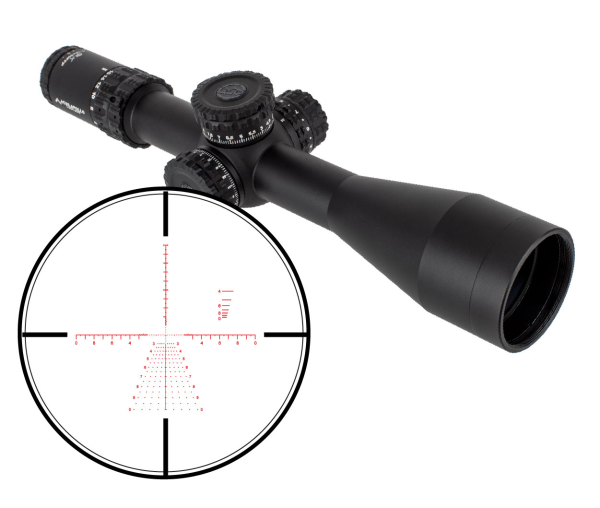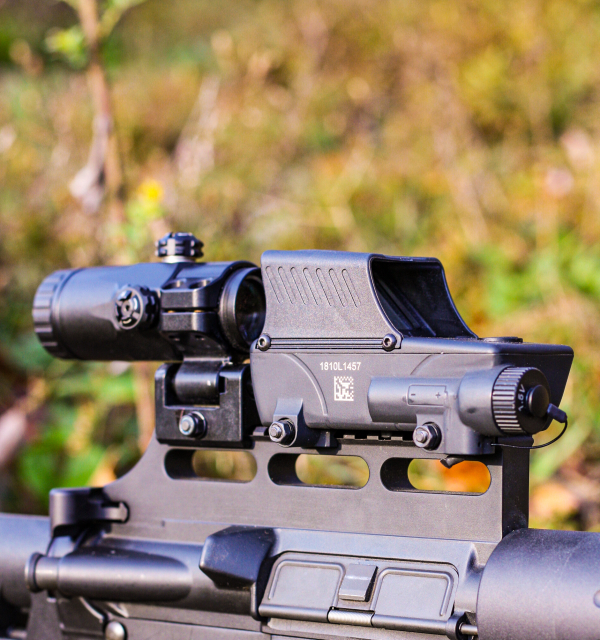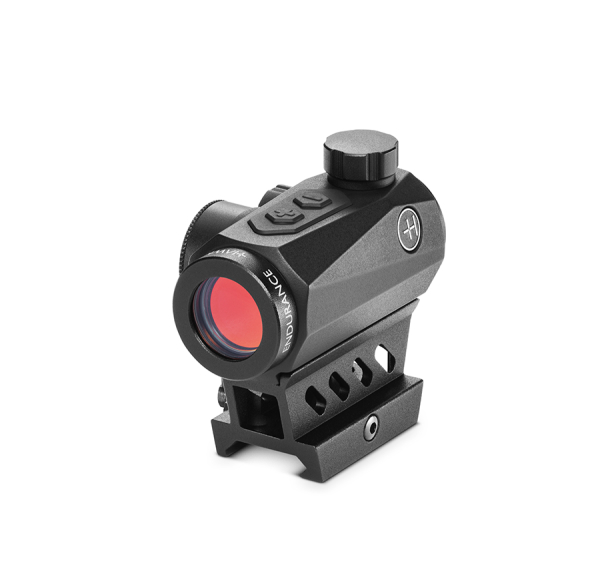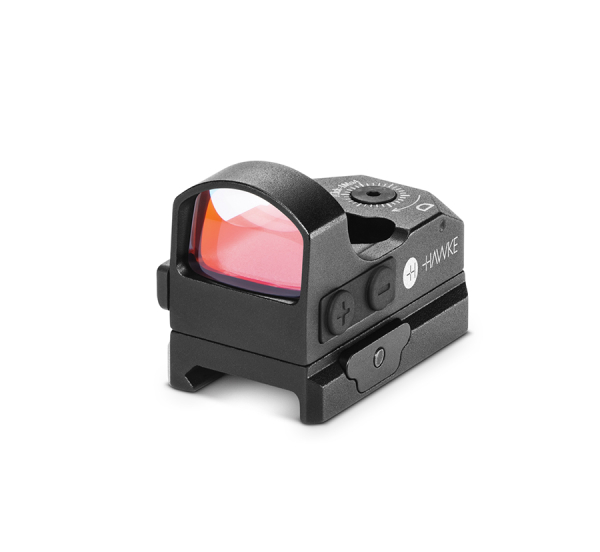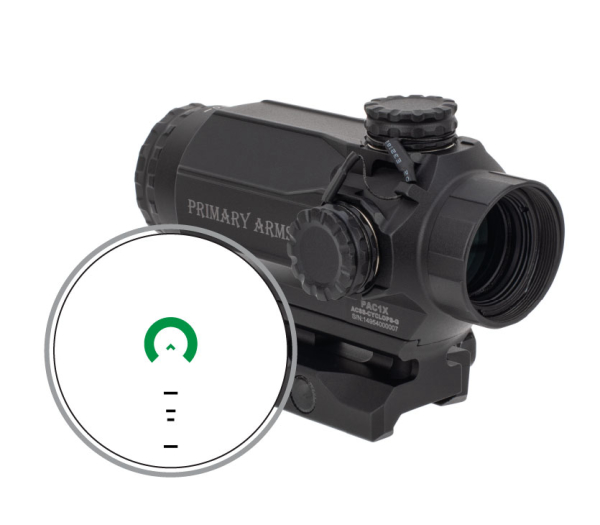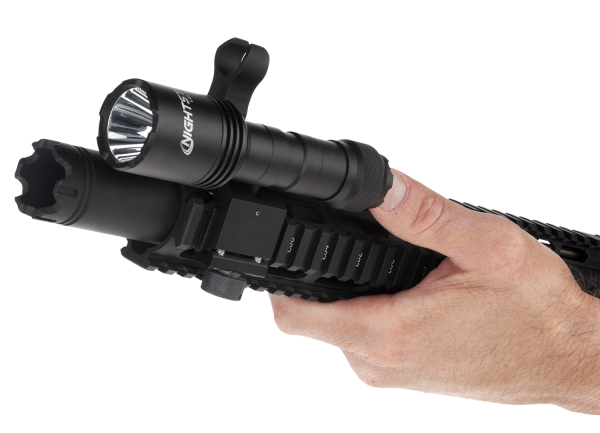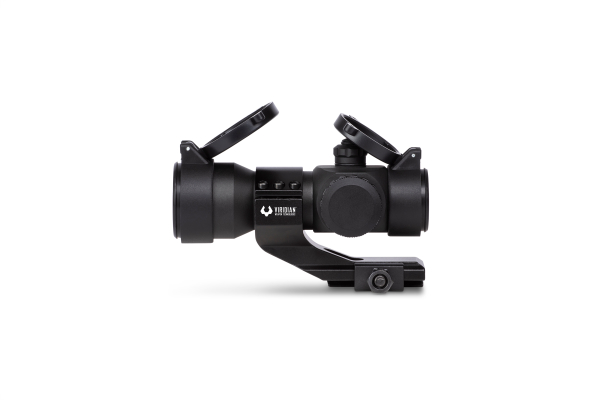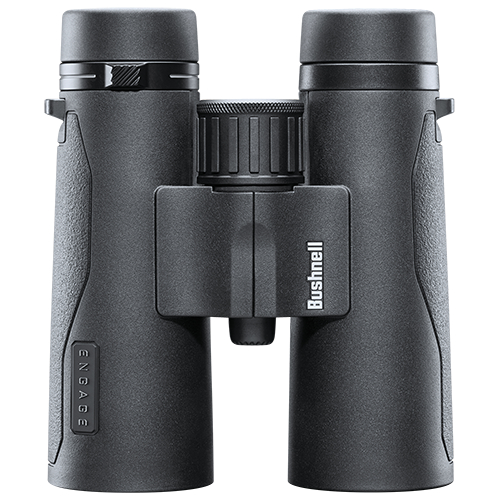Bushnell Elite Tactical Lightweight Modular Spotting Scope
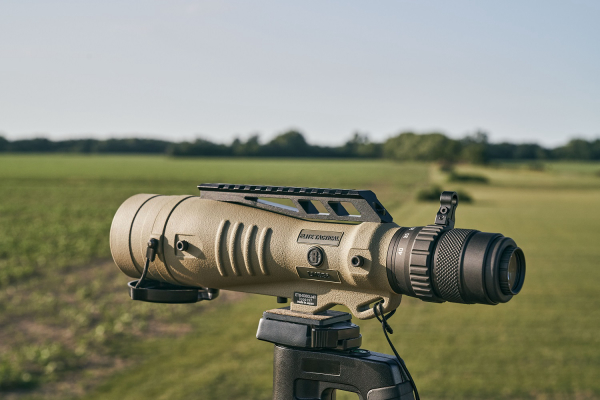

Elite Tactical LMSS2 Offers Enhanced Lens Coatings, Updated Reticle Options
OVERLAND PARK, Kan. –– Bushnell®, an industry leader in performance optics, has taken its professional-grade Elite Tactical compact spotting scope to an even higher level with the new 8-40x 60mm LMSS2.
The Elite Tactical LMSS2 combines compact elite-quality HD glass with a military-grade riflescope optical design. It builds on the original Lightweight Modular Spotting Scope (LMSS) with features including upgraded exterior lens coatings, updated HORUS reticle options and a power-change throw lever as well as other user control enhancements. Military personnel, law enforcement officers, competitive shooters and hunters can employ the LMSS2 to complement their Elite Tactical optics or other MIL-based riflescopes.
Ideal for training and competitive shooting that requires long-range target acquisition, the LMSS2’s key features include:
- ED Prime (HD) glass and fully multi-coated optics paired with ultra-wide-band coatings to allow for more light transmission in low-light situations, providing superior image brightness and color resolution
- Compact and lightweight HDOS system enables low-profile, lightweight construction without sacrificing resolution or contrast
- Aluminum alloy chassis construction is rugged and meets IXP7 waterproof standards; heavy-duty rubber overmold ensures that the glass and mechanical components are both secured and protected to maintain optical performance for years of use
- Bushnell’s exclusive EXO Barrier molecularly bonds to exterior lens surfaces and repels water, oil, fog, dust and debris so the user can see the target in any condition
- Throw Hammer PCR lever speeds up magnification changes and target engagements
The LMSS2 Elite Tactical is available with the H322 or the TREMOR4 spotting scope reticle. The H322 is designed as a companion to the H59 and H58 riflescope reticles, and is ideal for spotting with any MRAD-based riflescope reticle or where real-time measured targeting information is required. Its 0.2 milliradian (MRAD) Horus Grid and patented Rapid Range Bars make it well suited for those looking for robust wind and drop compensation, target range estimation and follow-up shot spotter communication capabilities. The TREMOR4 builds on the H322 and is designed as a companion to the TREMOR2, TREMOR3 or TREMOR5 riflescope reticles. It is also an exceptional reticle for spotting with any MRAD-based riflescope reticle. With its 0.2 mil Horus Grid and patented time of flight wind dots, it can be used with any ballistics and in any environmental conditions for excellent follow-up shot spotter communication capabilities. Read more

